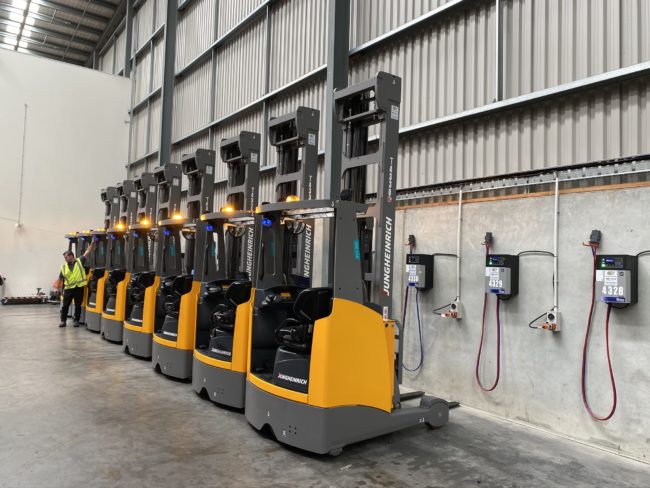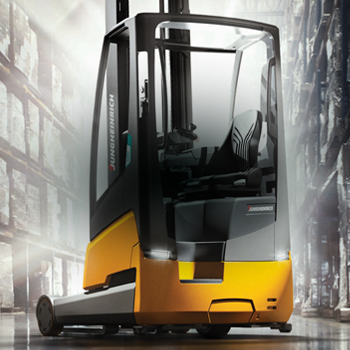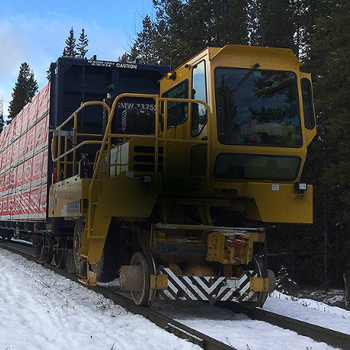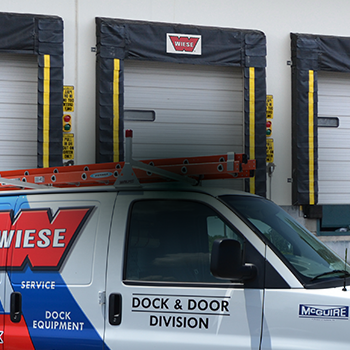Batteries and Charging
What Type of Charging Is Right for You?
What Is Conventional Charging?
This method involves the complete recharging of a battery after it has been partially used or fully discharged during normal operations. It can be utilized in applications that run single or multiple shifts. Conventional charging can take anywhere from eight to ten hours to completely charge the battery. Ideally, that battery would rest, overnight, for another eight hours. Conventional charging is best in a situation where your forklift is used on one shift only. When a company is running multiple shifts, it is recommended to have multiple batteries on hand to allow forklifts to use fully charged batteries while allowing depleted batteries the ability to charge and cool.
Applications running one shift that can complete the work on a single battery charge and allow time for a full recharge and a cooling period should consider Conventional Charging.
Applications running multiple shifts should consider multiple batteries and swapping out those batteries between shifts. This can become complicated and labor-intensive.
What Is Opportunity Charging?
Opportunity charging is different than a conventional charging system where the operator charges a battery for short periods of time throughout the day, as opposed to charging it in full all at the end of the shift. Opportunity charging means recharging the battery whenever it is convenient for business operations. During breaks, operators can connect with an opportunity charger to top off the battery quickly. Opportunity charging helps mitigate damage to the battery and can help keep equipment operational longer in two-shift operations. Opportunity charging reduces, or can even eliminate, battery changes.
Which Charging Method Is Right for Your Forklifts?
Are you still uncertain about why type of charging will work for your operations? Your local Wiese team of forklift experts are here to help. Contact us today so we can help keep your equipment running efficiently.




